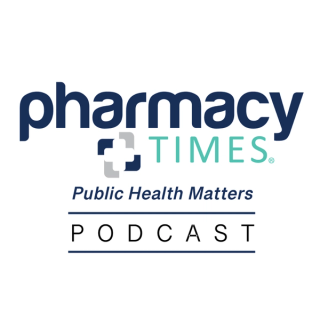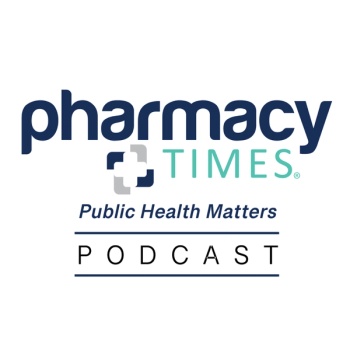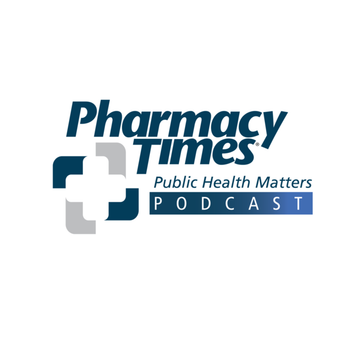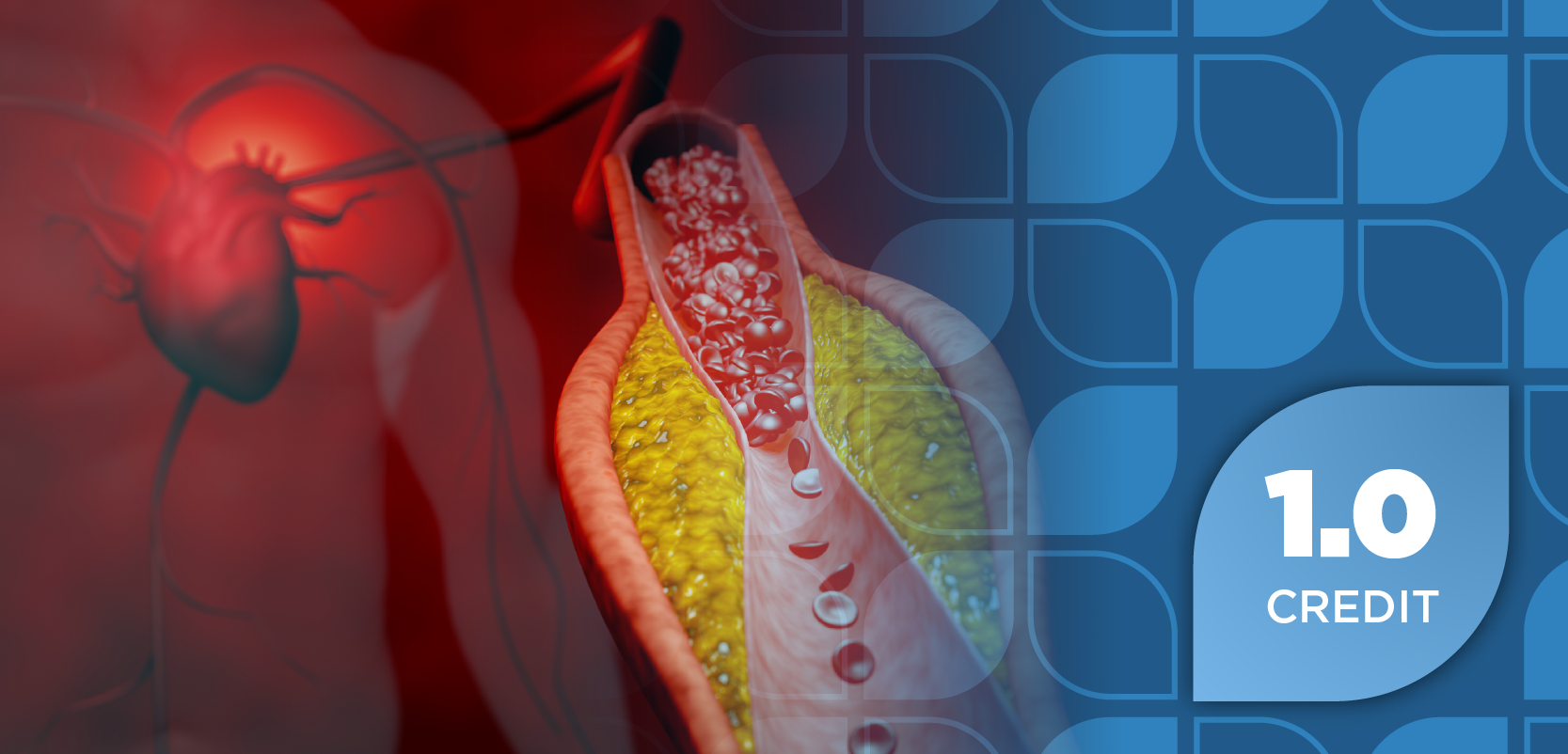
Pain Management
Latest News
Latest Videos

Podcasts
CME Content
More News

Discover effective strategies for managing opioid-induced constipation, including the role of PAMORAs and pharmacist involvement in pain management.

The FDA intends to update opioid labels to highlight risks of addiction, overdose, and interactions, enhancing safety in pain management practices.

The FDA targets 7-hydroxymitragynine, a potent kratom derivative, as a controlled substance due to its opioid-like effects and rising health risks.

New research links gabapentin use for back pain to increased dementia risk, especially in middle-aged adults.

Micronutrient deficiencies, particularly in vitamins D, B12, and folate, significantly impact chronic pain intensity, suggesting dietary interventions may alleviate symptoms.

Pharmacy-based clinical services demonstrate both public health impact and financial sustainability.

Suzetrigine, a new nonopioid pain reliever, gains FDA approval for treating moderate to severe acute pain in adults, offering a safer alternative to opioids.

A multidisciplinary, technology-enhanced approach supported by executive leadership is essential for effective drug diversion surveillance and regulatory compliance in health systems.

Meloxicam injection gains FDA approval for effective management of moderate-to-severe pain, offering a nonopioid alternative in pain control strategies.

A novel solution can strategically control the release of the drug in vivo.

Innovative pain management strategies emerge as experts advocate for personalized, multifaceted approaches to chronic pain, likening treatment to a tailored cupcake.

Shore Medical Center enhances patient safety with a pharmacy-driven intravenous to oral opioid conversion protocol, minimizing risks and improving pain management.

At the 2025 SPPCP Virtual Conference, Carolyn Hall, PharmD, BCPS, and Maria Felton Lowry, PharmD, BCPS, BCGP, presented a comprehensive and practical framework for pharmacy professionals to build effective, adaptable mentorship relationships.

In a session at the 2025 Virtual Conference on Pain and Palliative Care, Isabella Zerfas, PharmD, and Abbey Galligan, PharmD, BCPS, explore effective pain management strategies for opioid use disorder (OUD) and complex persistent opioid dependence.

The new guidelines urge health care professionals to offer local anesthetics and other medications for intrauterine device (IUD) insertions and other gynecologic procedures.

With Oregon, Colorado, and New Mexico legalizing psilocybin-assisted therapy, opportunities for treatment are expanding.

Emma Murter, PharmD, MPH, and Madison N. Irwin, PharmD, BCPS, discuss the potential role of low-dose naltrexone in managing chronic pain in palliative care, highlighting its anti-inflammatory properties, limited adverse effects, and current evidence gaps—particularly in comparison to traditional opioids and adjuvant analgesics.

How would you counsel these patients?

The 2025 SPPCP Virtual Conference on Tuesday, May 20, 2025, will offer pharmacists and clinicians a full day of CE-accredited sessions on complex pain management, opioid use disorder, mentorship, and innovative approaches in palliative care, with opportunities for networking and professional development.

Results support a 2020 meta-analysis showing that older adults with chronic pain are nearly twice as likely to develop frailty compared to those without chronic pain.

Allison Ju-Chen Hu, PhD and Yuhua Bao, PhD describe results of their landmark study that found significant differences in opioid prescriptions in racially and ethnically minoritized communities.

Appellate court addresses application of legal doctrine to the matter.

A team of clinical and academic experts from the Association of Anaesthetists produced a consensus statement outlining the key components to minimizing the impact of harmful alcohol intake in the surgical population.

The label changes to buprenorphine extended-release injections can increase convenience and adherence for patients with moderate to severe opioid use disorder.

Currently, the agent is undergoing evaluation in a phase 2 clinical trial to determine its safety and efficacy.






































































































































































































































